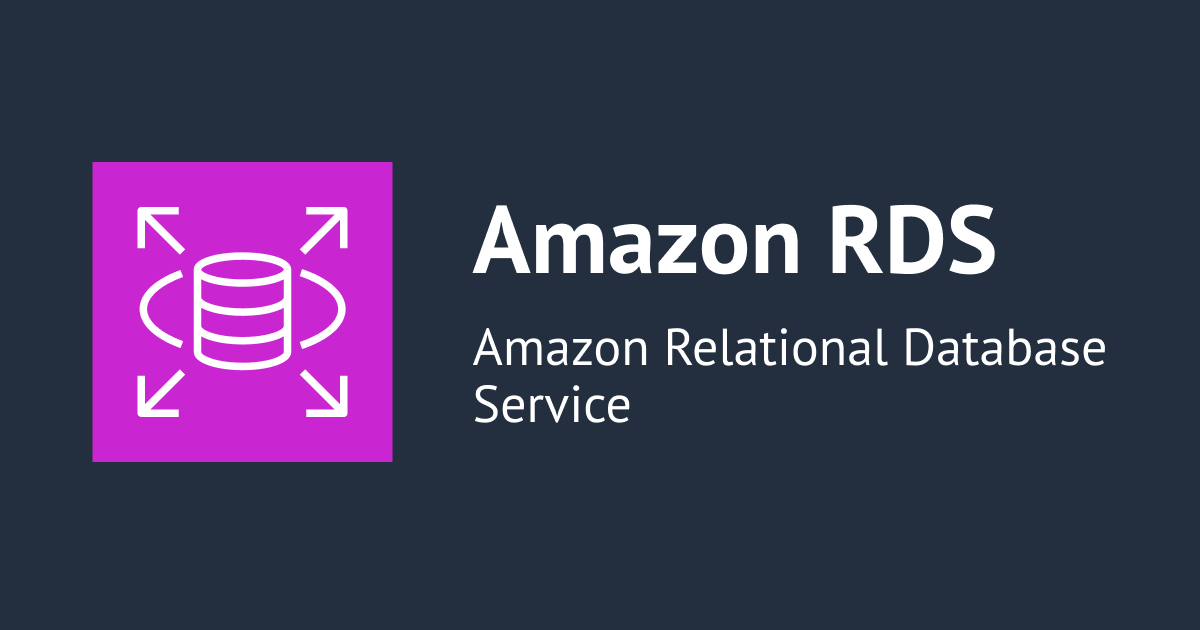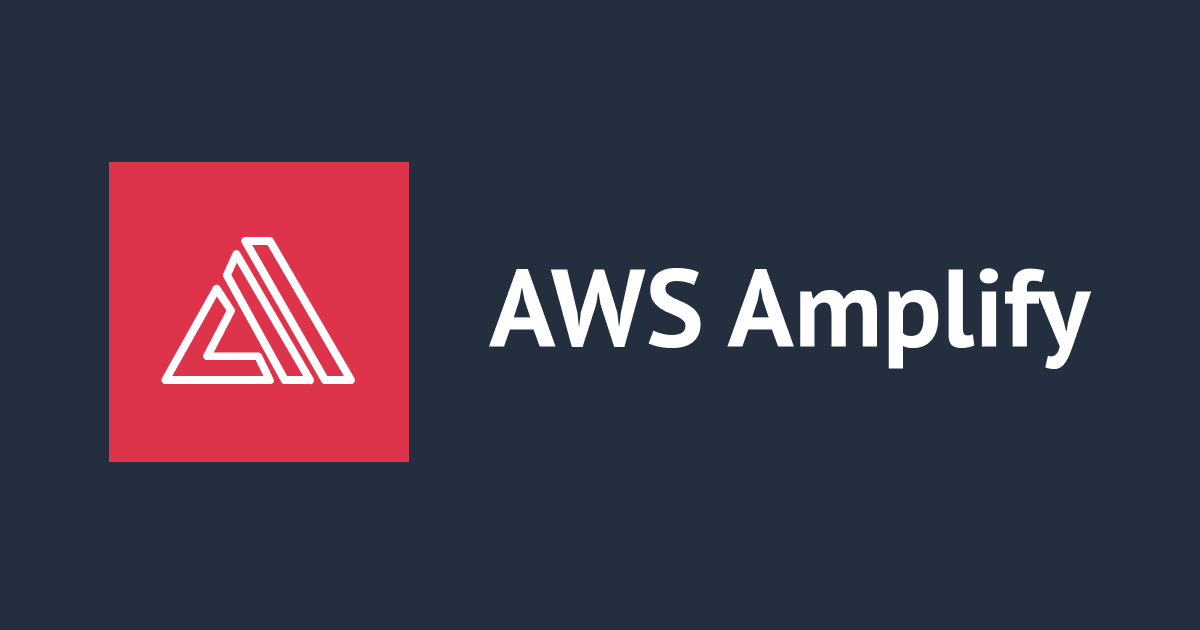
I did lightning talk in English at APN AMBASSADOR RE:INVENT 2019 MEET-UP #reinvent
Firstly
The APN Ambassador Program is a community of technical experts in the AWS Partner Network (APN) Consulting Partner community.
- A total of 21 people were selected from class methods for "APN AWS Top Engineers 2019" and "APN Ambassador 2019"
- We were selected APN Japan Ambassador for 2019! #AWSSummit
At AWS re: Invent 2019, a Meetup was held gathering the APN Ambassador. Since there was a recruitment of LT speakers, I challenged!
Lightning talk
Good afternoon, everyone. Today, I'm going to talk about our experience of emulating Amazon Go.
First, please let me introduce myself. I'm Daisuke Sasaki, an executive director of Classmethod. This is the 6th time joining re:Invent. My Favorite AWS service is Amazon Macie. I think it does an excellent job in preventing information leaks. Of course, it would be even better if Macie supported Japanese.
So, a little bit about our company. We are an AWS Premier Consulting Partner from Japan. Our headquarters is located in Akihabara, Tokyo. We have many branch locations in Japan, for example, Sapporo, Joetsu, Osaka, Okayama, Fukuoka, and Okinawa. In addition to our Japanese locations, we also have subsidiaries in Canada, Europe, India, and Korea.
We also have owned media called Developers.IO. It’s one of the most famous tech blogs in Japan. All the articles are written by Classmethod employees.
Now, let's get started with today's theme.
The first Amazon Go store opened in January 2018 in Seattle, Washington.
A few months later, we made a plan to go to Seattle order to experience the Amazon Go store in person. The idea to visit the very First Amazon Go was led by our CEO. He brought 20 clients and employees along with him.
Oh pardon me, I forgot to introduce our CEO. This is Satoshi Yokota, the CEO and founder of Classmethod.
When Satoshi first entered the store, it looked like an ordinary convenience store or kiosk. All he needed to do was prepare the QR code to enter. But, when he took closer look, he could see sensor devices attached in many places. When he looked through the shelves in the back, he also found other various things, but he didn't know what all those things were, just yet.
After Satoshi returned to Japan, he said "I want to make Amazon Go, too!" We said, "What!?"
We don't know anything about how Amazon Go works. But,- we did experience Amazon Go. We said, "We don't know exactly what to do, but hey, let's try it!"
Because none of the engineers got to experience the store firsthand, Satoshi made a video to demonstrate to them how it looks like when a customer shops at Amazon Go in Seattle. Let's take a look at this video.
So we started to brainstorm together about which technologies and devices could be used to achieve it. We put together a list which included, Multi-person tracking using Amazon Rekognition Video, Image classification using Amazon SageMaker, Sensor device monitoring using AWS IoT, Human detection and tracking using 3D LiDOR TOF Sensor, Weight change detection using Load cell, and more.
We then completed the first prototype. Let's take a look at this video.
This is the architecture of the first prototype. We designed it to be serverless.
So, We succeeded in emulating Amazon Go based solely on our experience.
A few days later… Satoshi said, "OK! Let's make an actual shop now." We said, "What!?"
But fast forward to a few months later, we opened an actual cafe.
Although it is quite small, here, you can have the same exact experience as walking into Amazon Go.
Here’s a short promo-video introducing our cafe. take a look.
If you ever come to Tokyo, please come by and visit our cafe.
This is the end of my presentation. Thank you for listening.
Finaly
There was a problem that the video was not shown, but it was good because they laughed to some extent. I was glad I challenged even in ugly English.

![[アップデート] Control Tower ランディングゾーンがAWS Backup の統合管理をサポートしたので使ってみた](https://images.ctfassets.net/ct0aopd36mqt/wp-thumbnail-fff4d7e7c3509d1ffcc67578673c5f00/056494cb8aea27071cd8ed8a870bda83/aws-control-tower)




